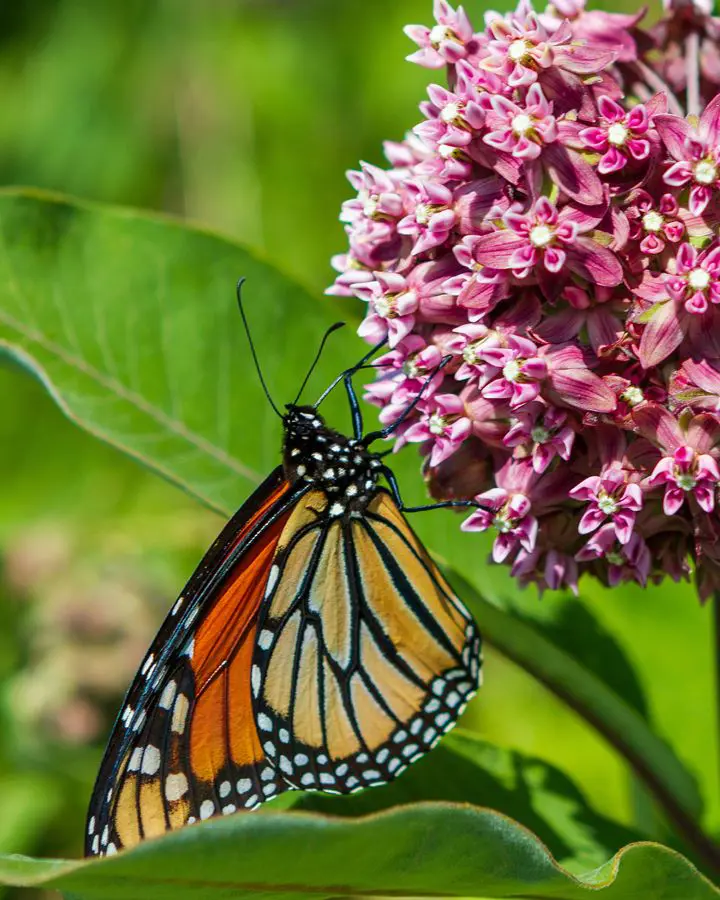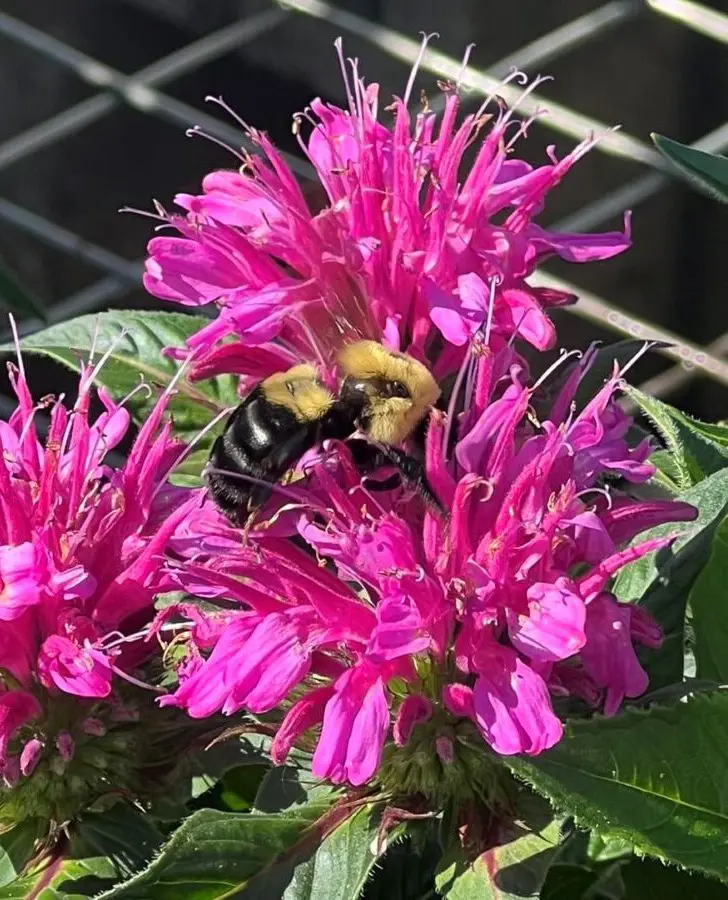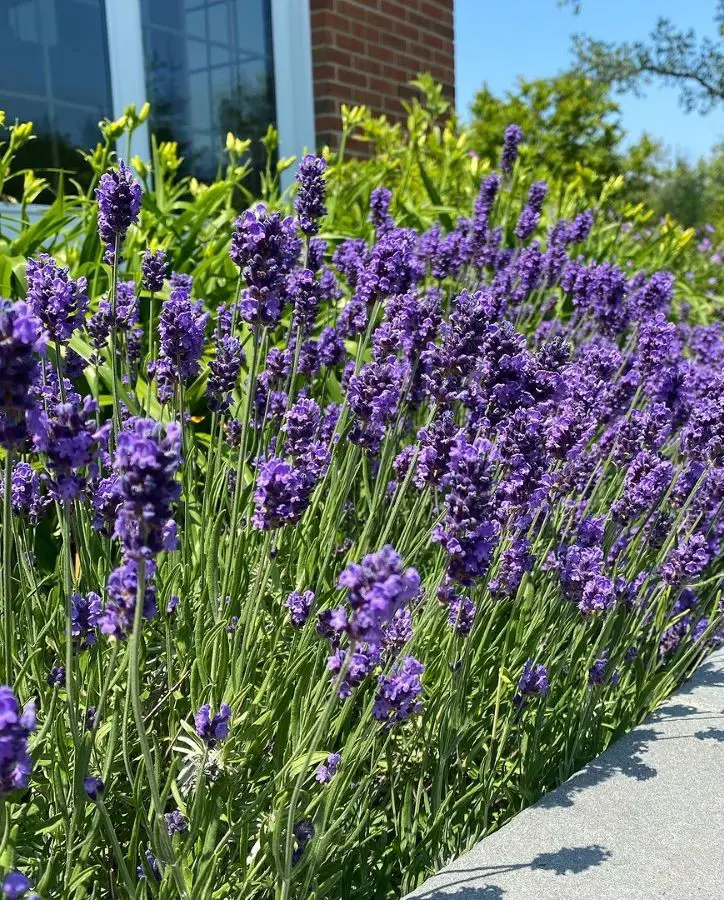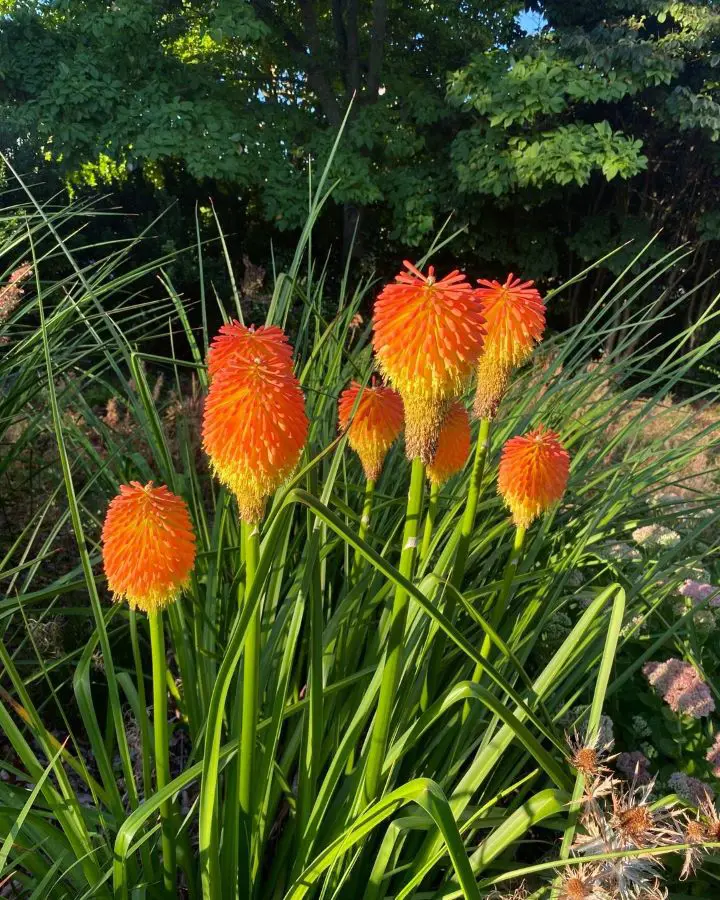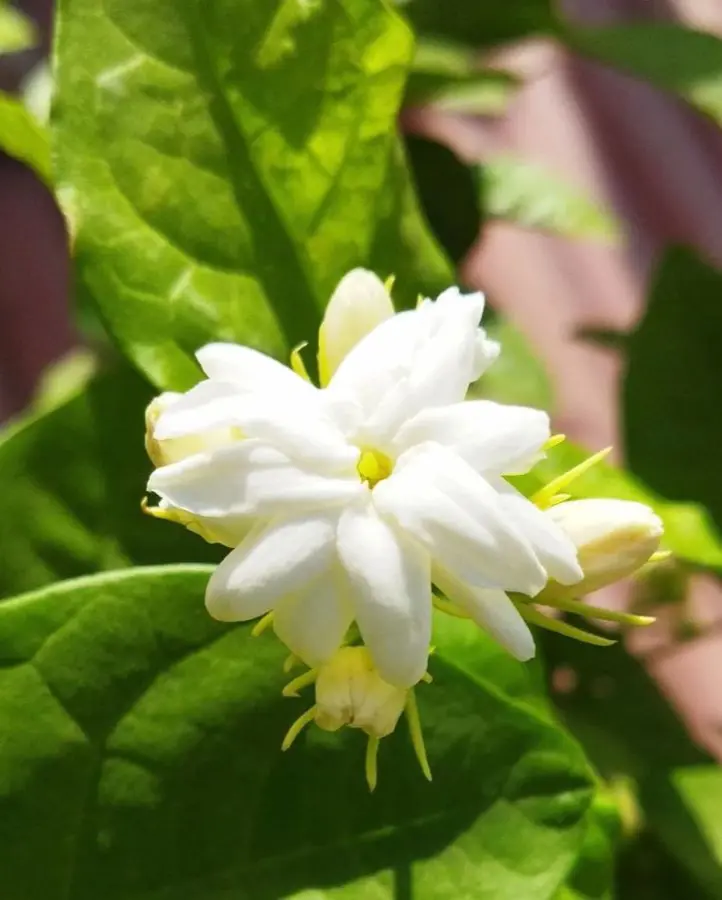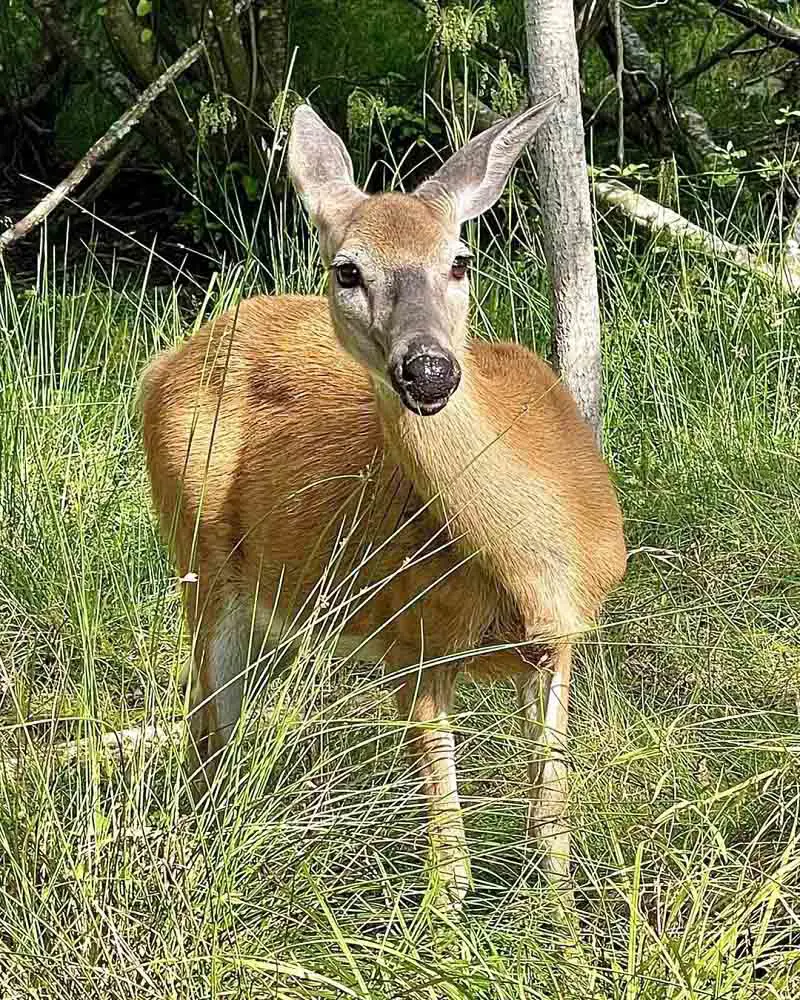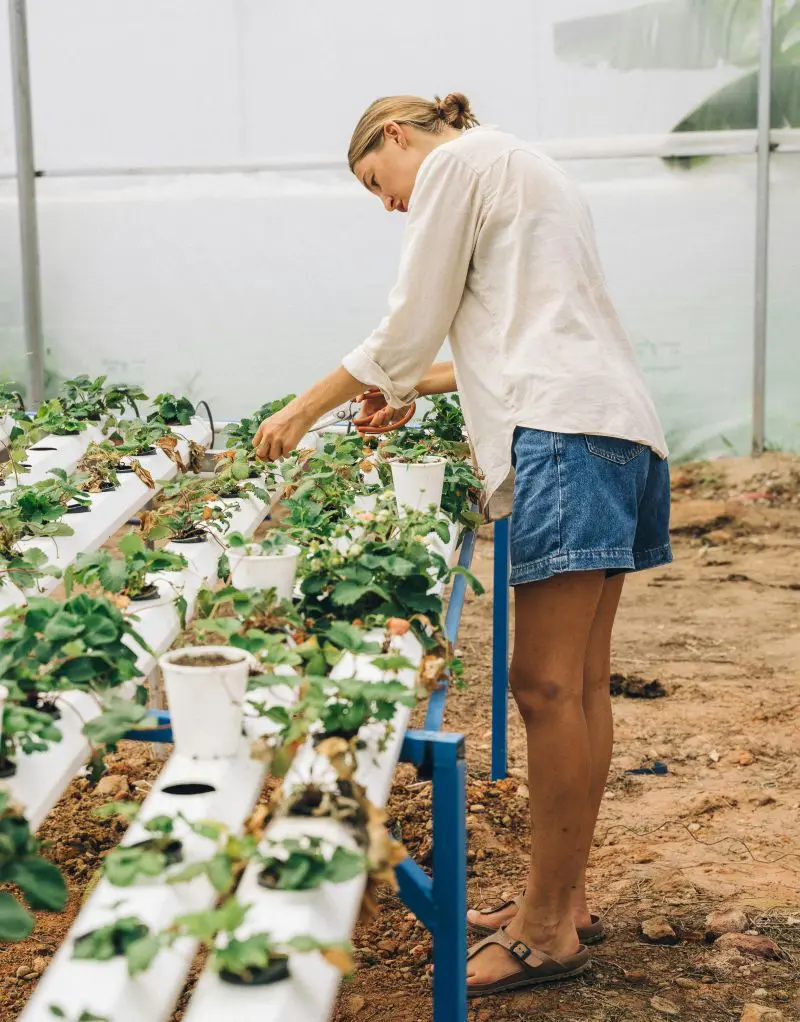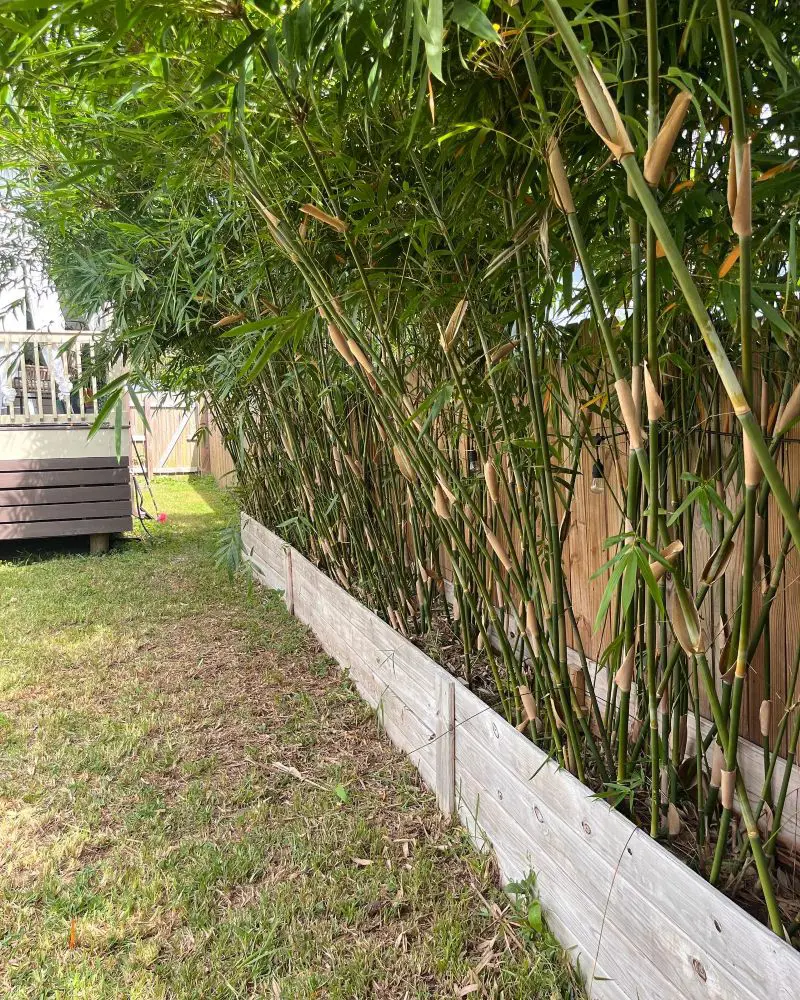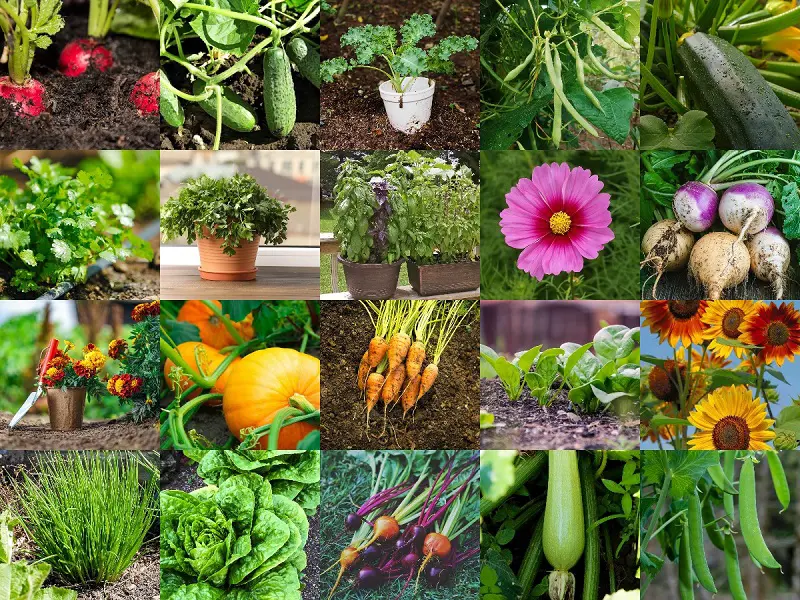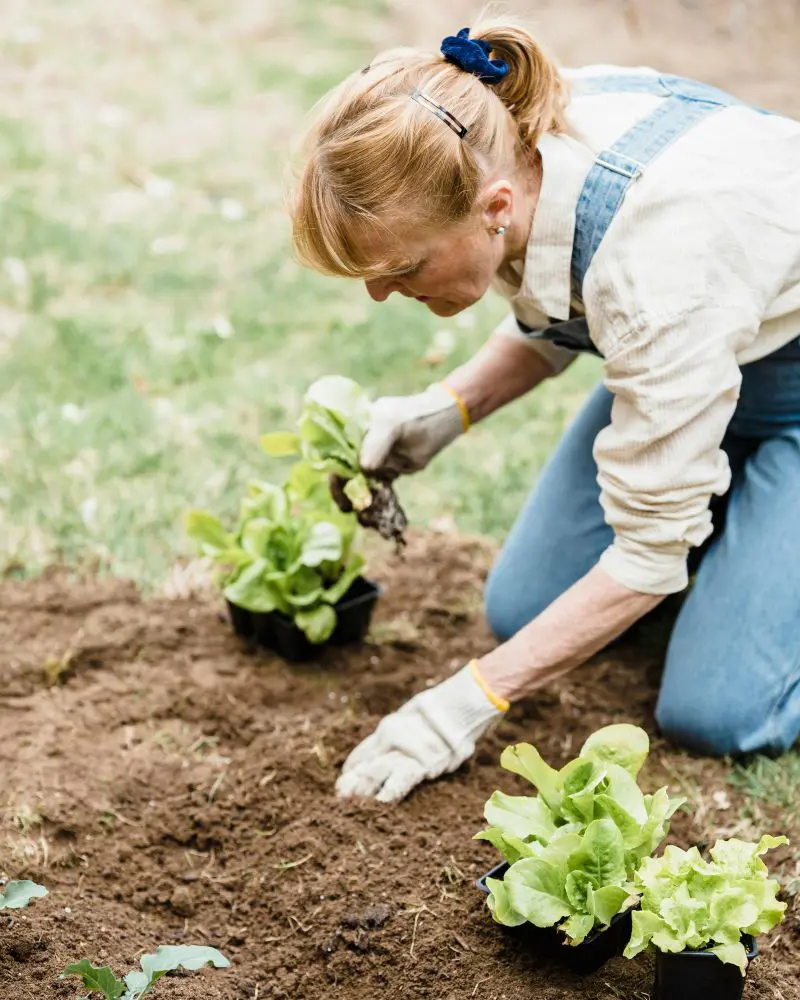What Is Pollination
Many plants require pollination for seeds, flowers, fruits, and vegetable production. These plants generate nectar to attract pollinators like butterflies, bees, and birds.
While these pollinators collect nectar from various flowers, they also carry pollen from one plant to another. This is known as pollination. Pollinators will move pollen grains from the anthers, the male part of the flower, to the stigma, the female part.
Once the pollen reaches the stigma, the pollen forms a tube that extends down through the style to the ovary. This leads to fertilization, resulting in the production of seeds. Therefore, it is important to pollinator plants that attract butterflies, bees, and hummingbirds are some of nature’s primary pollinators.
